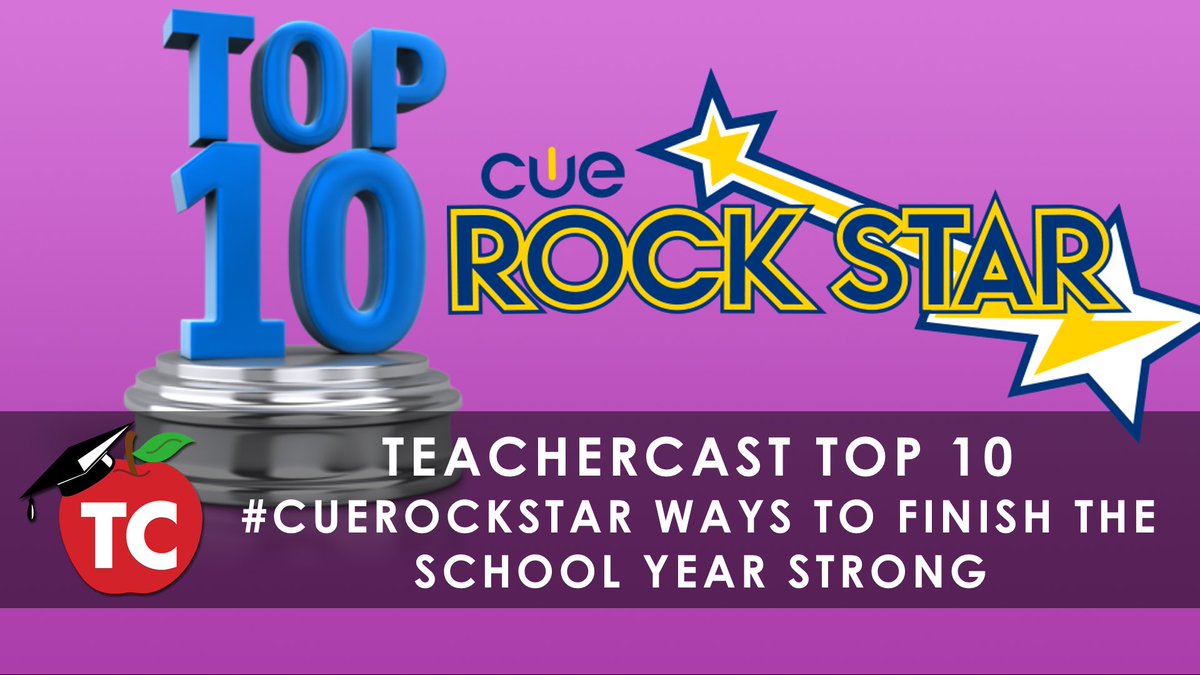#FinishStrong
Only 9 days of school left! It will be a busy nine days including field trips, assessments, celebrations and graduations.
I saw this and thought it was great- top 10 ways to finish the schoolyear strong (I’ll tweet it to ya’ll on Twitter). (http://www.teachercast.net/2016/05/29/top-10-cuerockstar-ways-finish-school-year-strong/) # 1 from Jon Corippo, Sandbox New Material. At a time when teachers can’t possibly do one more thing, how about doing something differently, or something that you may want to try out next year.

For me, two very kind QES teachers are allowing me to come into their classrooms this week to try out robotics and coding with kids. My goal- to determine if this something we want to expand next year. I’ll be bringing my two Sphero’s in and working with groups of students. Thank you to tech all-star Will who will be coming with me, as well as IC Yvonne. Could it be a total disaster? Yes. Could it be awesome and lead to great things for kids? We’ll see. What a great time to try. I’m hoping for something like this:





